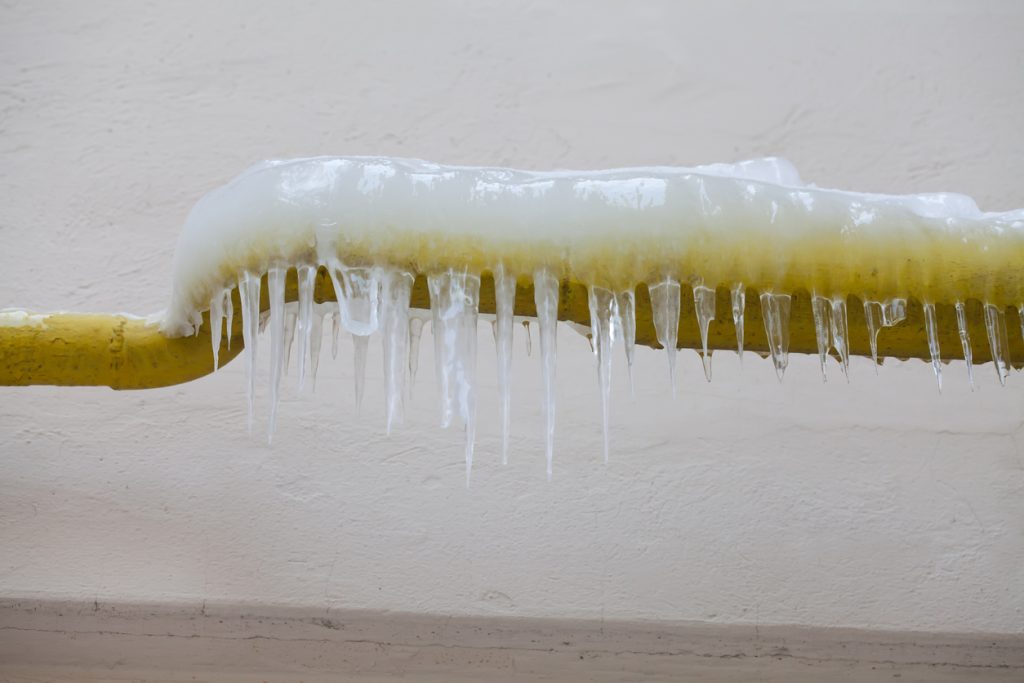Safeguarding Pipes from Freezing Damage: Key Strategies
Safeguarding Pipes from Freezing Damage: Key Strategies
Blog Article
Are you currently searching for help involving How to Prevent Your Pipes From Freezing?

Winter can ruin your plumbing, particularly by freezing pipes. Here's just how to prevent it from taking place and what to do if it does.
Introduction
As temperature levels decrease, the threat of frozen pipes increases, possibly bring about pricey repairs and water damages. Recognizing how to avoid frozen pipelines is essential for house owners in chilly climates.
Comprehending Icy Pipelines
What creates pipelines to ice up?
Pipes freeze when revealed to temperature levels listed below 32 ° F (0 ° C) for prolonged durations. As water inside the pipelines ices up, it broadens, taxing the pipe walls and possibly triggering them to rupture.
Risks and damages
Icy pipes can bring about water interruptions, property damages, and expensive fixings. Burst pipelines can flood homes and create substantial architectural damage.
Indications of Frozen Piping
Determining frozen pipelines early can stop them from rupturing.
Exactly how to determine icy pipelines
Try to find lowered water circulation from faucets, uncommon smells or noises from pipelines, and visible frost on subjected pipes.
Prevention Tips
Protecting susceptible pipes
Wrap pipelines in insulation sleeves or utilize warmth tape to shield them from freezing temperatures. Concentrate on pipes in unheated or exterior areas of the home.
Heating techniques
Keep interior spaces effectively heated, especially locations with plumbing. Open cabinet doors to permit warm air to circulate around pipelines under sinks.
Safeguarding Exterior Pipes
Yard hoses and outdoor taps
Detach and drain garden pipes prior to winter. Install frost-proof faucets or cover outside faucets with shielded caps.
What to Do If Your Pipes Freeze
Immediate activities to take
If you suspect frozen pipelines, keep taps open to eliminate pressure as the ice thaws. Utilize a hairdryer or towels taken in hot water to thaw pipes slowly.
Long-Term Solutions
Architectural modifications
Think about rerouting pipelines far from exterior walls or unheated locations. Add extra insulation to attic rooms, cellars, and crawl spaces.
Upgrading insulation
Buy premium insulation for pipelines, attics, and walls. Proper insulation helps preserve regular temperatures and minimizes the risk of frozen pipelines.
Verdict
Preventing frozen pipes needs aggressive procedures and fast feedbacks. By comprehending the reasons, indications, and safety nets, property owners can secure their pipes throughout winter.
6 Proven Ways to Prevent Frozen Pipes and Protect Your Home
Disconnect and Drain Garden Hoses
Before winter arrives, start by disconnecting your garden hoses and draining any remaining water. Close the shut-off valves that supply outdoor hose bibs and leave the outdoor faucet open to allow any residual water to drain. For extra protection, consider using faucet covers throughout the colder months. It’s also important to drain water from any sprinkler supply lines following the manufacturer’s directions.
Insulate Exposed Pipes
Insulating your pipes is an effective way to prevent freezing. Pipe insulation is readily available at home improvement stores and is relatively inexpensive. Pay close attention to pipes in unheated areas such as the attic, basement, crawl spaces, or garage. Apply foam insulation generously to create a buffer against the cold. You can also wrap your pipes in heat tape or thermostat-controlled heat cables for added warmth.
Seal Air Leaks
Inspect your home for any cracks or openings that could let in cold air. Seal any holes around the piping in interior or exterior walls, as well as the sill plates where your home rests on its foundation. Additionally, make sure to keep your garage door closed unless you’re entering or exiting. Leaving it open creates a significant air leak that can lead to frozen pipes.
Allow Warm Air Circulation
During cold snaps, it’s essential to allow warm air to circulate evenly throughout your home. Leave interior doors ajar to promote better airflow. Open kitchen and bathroom cabinets to help distribute heat consistently around the rooms. If you have small children or pets, be sure to remove any household chemicals or potentially harmful cleaners from open cabinets for safety.
Let Faucets Drip
A small trickle of water can make a big difference in preventing ice formation inside your pipes. When temperatures drop significantly, start a drip of water from all faucets served by exposed pipes. This continuous flow helps prevent the water from freezing. Additionally, running a few faucets slightly can relieve pressure inside the pipes, reducing the chances of a rupture if the water inside does freeze.
https://choateshvac.com/6-proven-ways-to-prevent-frozen-pipes-and-protect-your-home/

Do you appreciate more info about Prevent Frozen Pipes ? Post a comment below. We'd be glad to hear your ideas about this blog entry. Hoping that you come back again soon. Are you aware of another person who is fascinated by Prevent Frozen Pipes ? Take a moment to promote it. Thanks so much for going through it.
Book Appointment Now Report this page